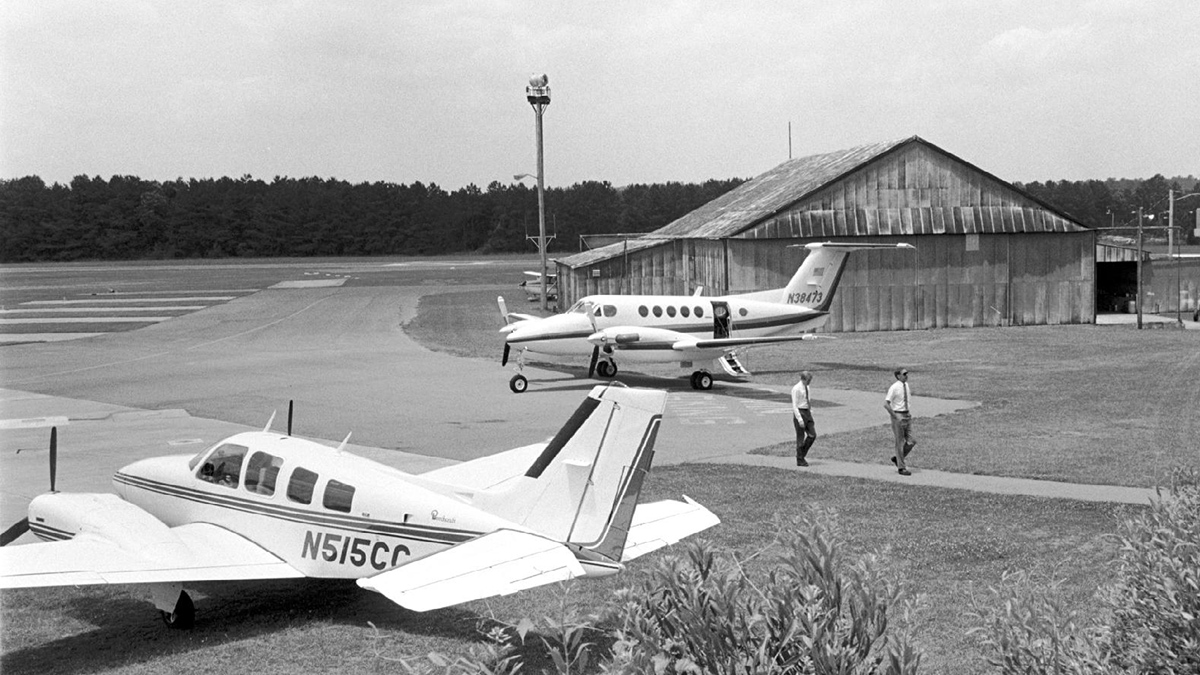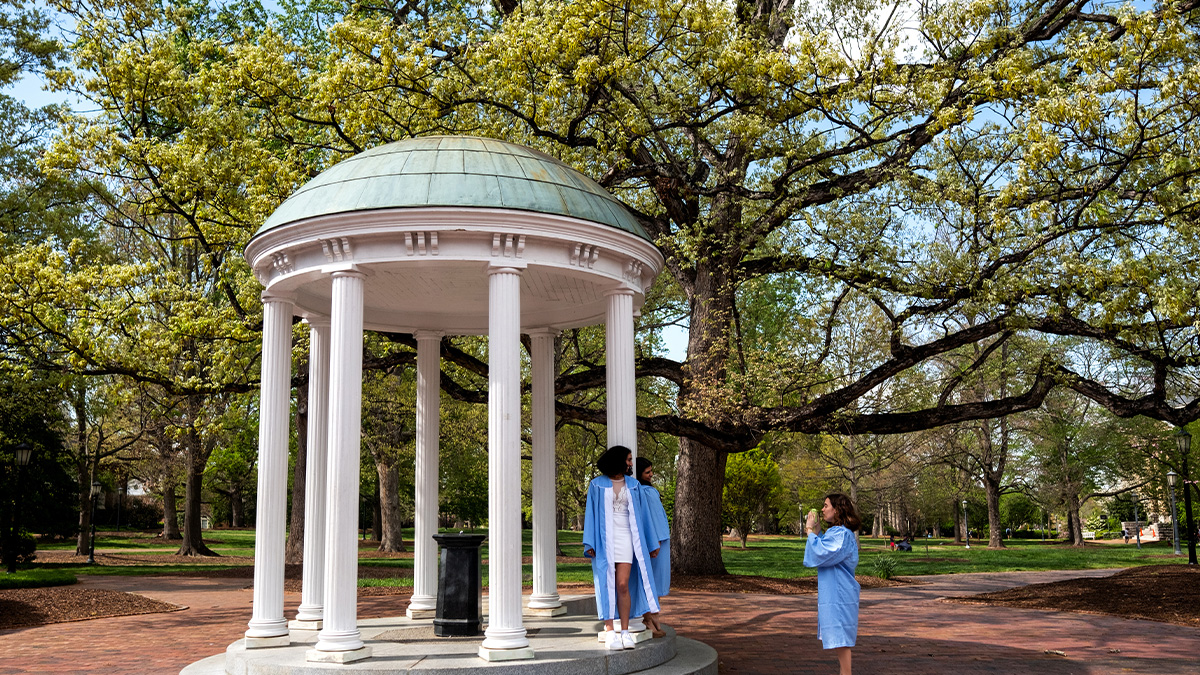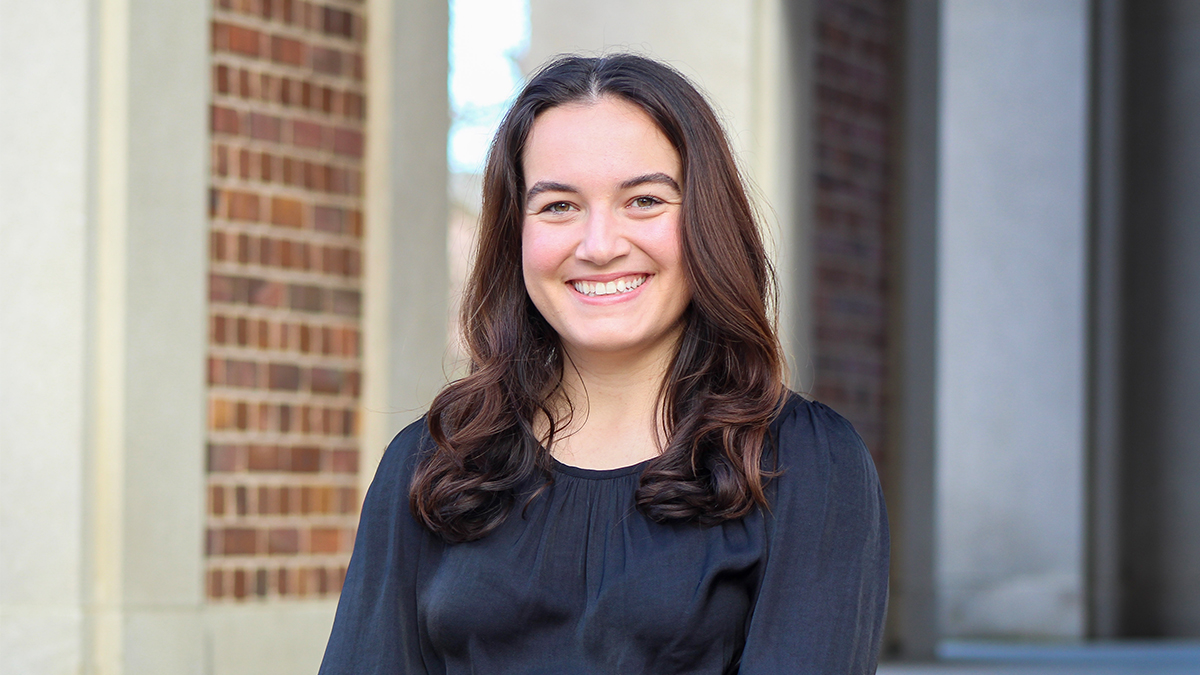Cleared for landing: The closing of the Horace Williams Airport marks the end of an era
The last plane based at the airport took off on May 1. The only remaining employee is now there to maintain the buildings and mow the grass.

It sits empty now, but this long stretch of asphalt on the northern edge of Chapel Hill remains full of history. With its closing on May 15, Horace Williams Airport became part of history, too.
Brad Ives, associate vice chancellor for campus enterprises, said the closing of the airport was needed because the University was losing money operating the airport. It also faced at least $1 million of runway repairs to keep the airport open.
In short, Ives said, past reasons for keeping the airport open no longer justified the mounting expense.
The last plane based at the airport took off on May 1. The only remaining employee is now there to maintain the buildings and mow the grass.
Take off
It started in 1928 when Charlie Lee Martindale bought a 50-acre plot of land from Horace Williams, a professor of philosophy at Carolina from 1890 to 1935. Martindale called the plot Martindale Field and an airfield soon took form.
Martindale Field eventually became known as Chapel Hill Airport, and in 1931, the U.S. Department of Commerce named it the second official airport in North Carolina. In these early years, people from across the state came to watch weekend air shows. Carolina, in partnership with Duke University, also began a program to train civilian pilots at the airport, with backing from the Civilian Aeronautics Authority.
But more serious business lay ahead.
Winds of war
When war broke out in Europe in 1939, the Department of War authorized the CAA to expand the pilot training program. The Works Progress Administration provided funding to upgrade the airport.
Upon Williams’ death in 1940, he donated to the University an 870-acre parcel of land next to the airport. That same year, the University bought the airport and renamed it Horace Williams Airport in his honor.
After the attack at Pearl Harbor on Dec. 7, 1941, University of North Carolina President Frank Porter Graham announced the University would offer “all its resources to the nation for the defense of the freedom and democracy it was founded
to serve.”
Graham, along with his finance officer William Carmichael, mounted a campaign for Horace Williams Airport to be named one of the four sites for a U.S. Navy pre-flight training school.
It worked.
Carolina beat out all the universities in the northeast to host the eastern pre-flight school, which by war’s end would train about 18,700 cadets. Among them were Ted Williams, Paul “Bear” Bryant and two future presidents, Gerald Ford and George H.W. Bush.
A 2006 story in The Carolina Alumni Review titled “Gerald Ford Took a Liking to UNC, But to Horace Williams Airport, Not so Much…” reported how Ford survived a crash at the airport when he was a passenger accompanying an admiral to the airport near the war’s end in 1945. According to the story, the prop plane landed on the runway at a wrong angle and spun off into a stand of trees. “We all got out,” Ford said, “and five minutes later it exploded and burned.”
A second call to action
Nearly three decades later, Horace Williams Airport was again called into action as home base for UNC Medical Air Operations. Med Air, as it came to be called, became the wings of AHEC, the N.C. Area Health Education Centers Program, as well as for the UNC School of Medicine.
Since 1972, AHEC has brought medical expertise, patient care and consultation to rural areas of the state. Much of it arrived by plane from Horace Williams Airport.
From 1977 (the first year records were kept) to 2007, the program logged 19.2 million passenger miles over 160,241 trips.
Countdown to closure
In 2007, the University took the first step to close the airport when it entered into a 20-year lease to relocate the Medical Air Operations to Raleigh-Durham International Airport. University leaders sought to close the airport at the time in order to make room for a new multi-use satellite campus called Carolina North on the eastern portion of the Horace Williams property. The airport was located in the middle of where the campus was set to go.
In 2008, University trustees passed a resolution to allow the airport to remain open until construction on Carolina North began. That never happened: Plans for Carolina North were grounded later that year by the economic tailspin known as the Great Recession.
There are no current plans to begin construction on Carolina North, but the ongoing costs of keeping the airport open led University trustees last November to amend the 2008 agreement so that the airport could be closed.
“The airport had a remarkable run of providing vital services to our state and country,” Ives said. “That legacy lives on. It will always be remembered, along with the countless people who became part of its changing mission, for a job well done.”




